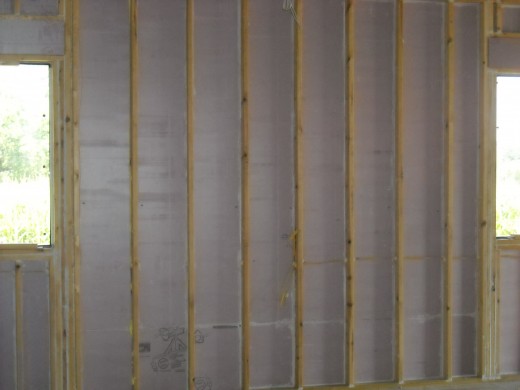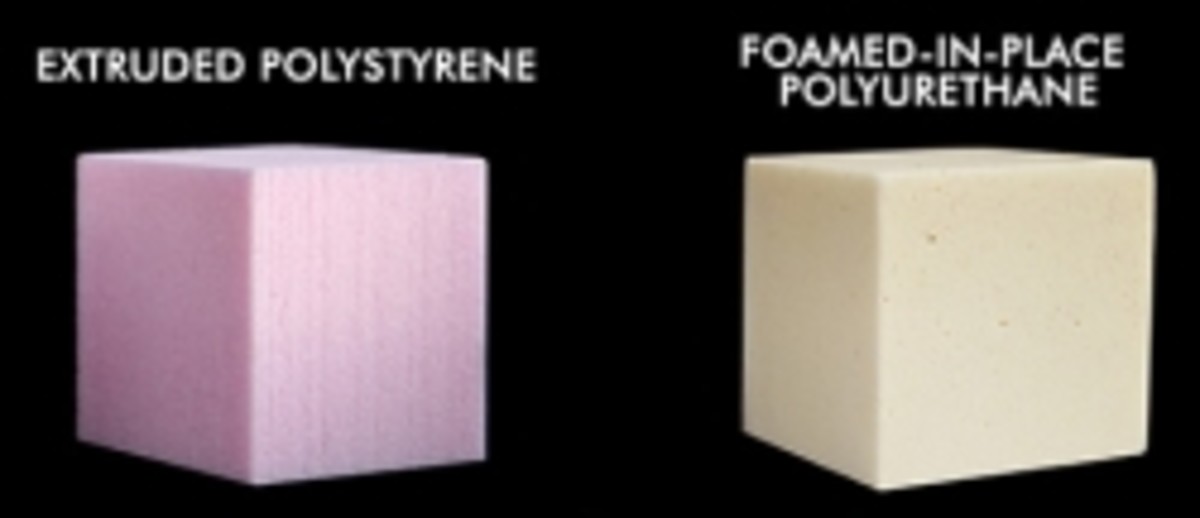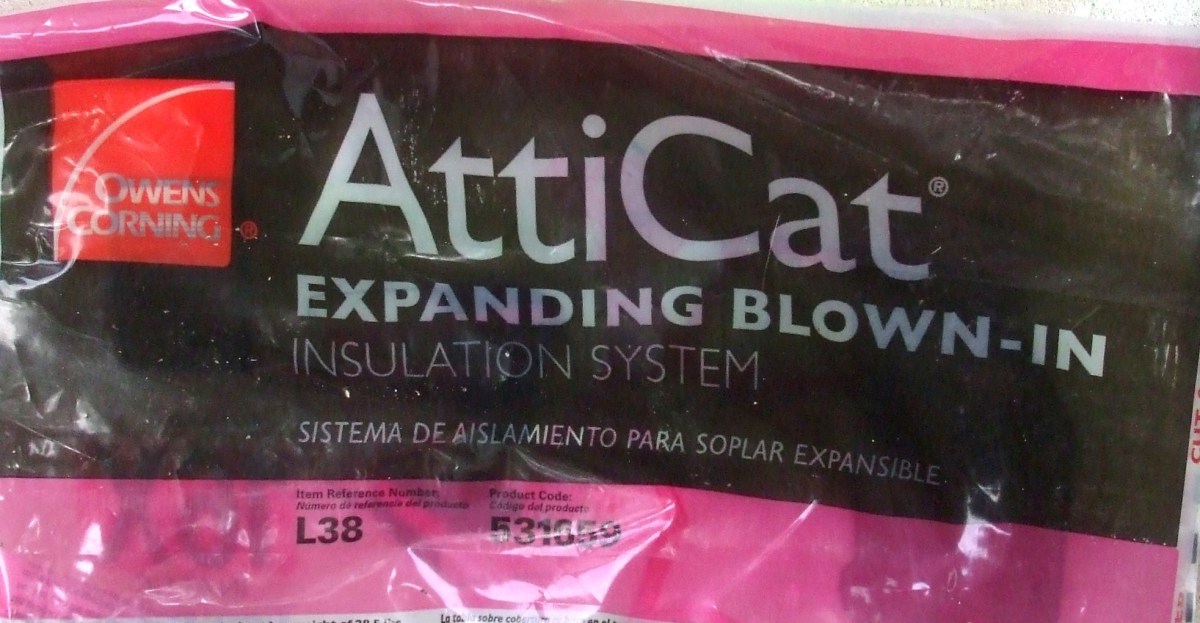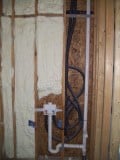Using Foam Board Insulation Effectively In Wall Cavities

Typically I suggest using closed cell spray foam insulation to seal framing cavities and add significant R-value to the walls.However, if you do not have the experience of spraying closed cell spray foam and are looking to perform and extremely energy efficient wall insulation system on your own, then this method is a sure fire way to add extreme efficiency to your wall system.
Foam Board Insulation and Fiberglass Combination System
It is important to note that this installation requires the use of a minimum 2 inch polyurethane foam board insulation or any foam board insulation that has a rated R-value of R-10 or greater.The foam board is cut to the width of the framing cavities and inserted all the way to the sheathing.The foam board is then sealed around the edges with an elastomeric caulk.Elastomeric caulk stays very flexible and will allow for expansion and contraction to occur without the caulk breaking its seal.This will act as a portion of the insulation and the vapor barrier for the wall cavity.Caulking the framing joints is also essential to this system which should be performed with the same type of elastomeric caulk.
After the foam board is installed and all of the caulking and other air sealing is performed, there is plenty of room to install R-13 fiberglass batt insulation.Normally I am not a big fan of fiberglass, but in this situation the fiberglass will actually perform pretty well because the foam board provides a thermal break from the fiberglass and each cavity is sealed making the fiberglass encapsulated in a six sided box.This is exactly the type of environment that fiberglass was meant to work in and will perform quite well in this type of situation once the drywall is installed over the framing.It is important to note that a polyethylene vapor barrier should not be used over the fiberglass or a condition called vapor lock could occur causing condensation issues.
Using this system gives standard 2x6 wall cavities an R-23 and will be very efficient.The best part about this system is that anyone can do this to improve their home’s efficiency.







